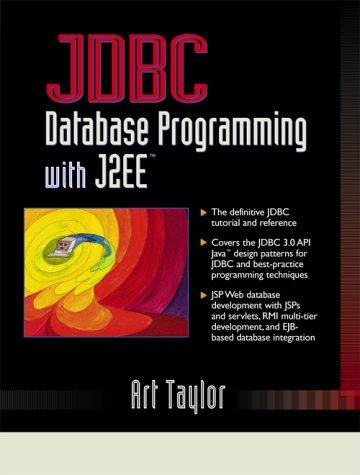Question
Consider the following LinkedList class. Note the type of each node s data - this linked list is meant to store only integers! DO NOT
Consider the following LinkedList class. Note the type of each node
s data - this linked list is meant to store only integers! DO NOT assume existence of any other instance variables.
public class LinkedList{
private static vlass Node{
private int dta;
private Node next;
provate Node(int data Node next){
this.data = data;
this.next = next;
}
}
private Node head;
//adds the newData to the back of the list
public void add(int newData){
//code not shown here, but you can assume the method works
}
}
Write the method sumAboveThreshold(int n) for LinkedList. This method should return the sum of all node data that
s greater than n. If no such nodes exist, the method should return 0.

Step by Step Solution
There are 3 Steps involved in it
Step: 1

Get Instant Access to Expert-Tailored Solutions
See step-by-step solutions with expert insights and AI powered tools for academic success
Step: 2

Step: 3

Ace Your Homework with AI
Get the answers you need in no time with our AI-driven, step-by-step assistance
Get Started


